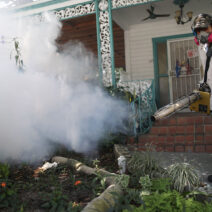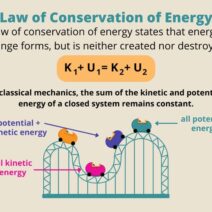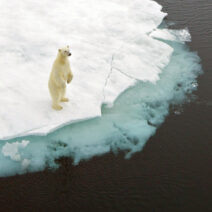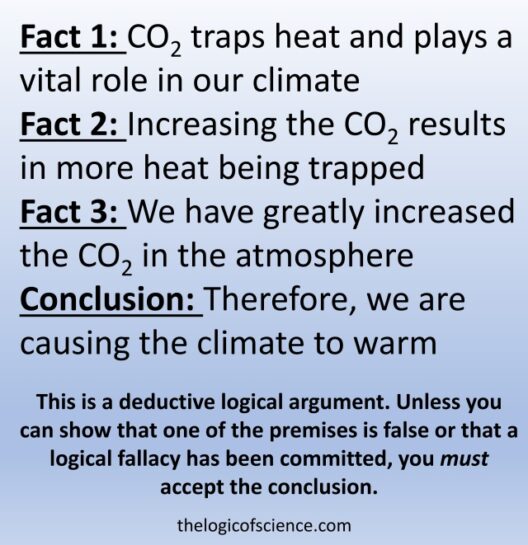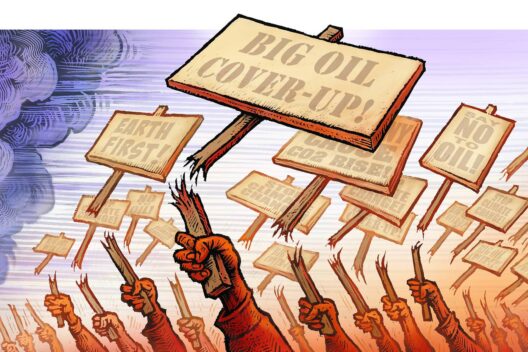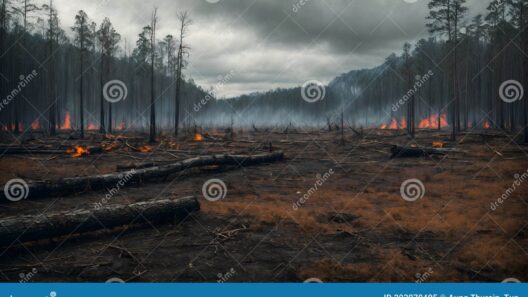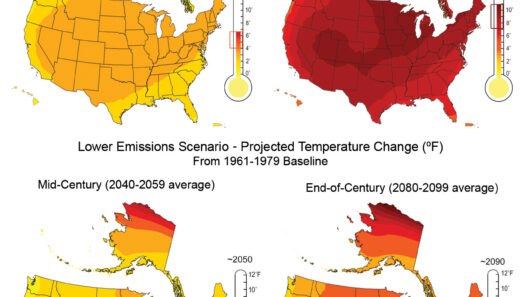Global warming has become a pressing concern for humanity, raising the important question: What truly drives this phenomenon? While most discussions tend to gravitate toward the obvious culprits—such as fossil fuel combustion and transportation emissions—there is a wider array of contributors that we’re often oblivious to. This discourse seeks to elucidate the multifaceted sources of global warming, ranging from the exhaust of automobiles to the methane emissions from ruminant livestock, and ultimately challenges us to comprehend the interplay between these factors.
At the forefront, we have vehicles—cars, trucks, and motorcycles—whose combustion engines expel copious amounts of greenhouse gases. These machines are emblematic of modern convenience and connectivity, but their relentless consumption of fossil fuels has dire ramifications. Carbon dioxide is the primary emission from vehicles, yet it is not acting alone; nitrous oxide and methane, albeit in smaller quantities, contribute significantly to the greenhouse effect. This raises a playful question: If cars are the backbone of suitable transportation, shouldn’t we be waging war not just on “gas guzzlers” but on the very infrastructure that necessitates their existence?
To appreciate the broader narrative, one must also delve into the realm of industrialization and its rhythmical waltz with nature. Industries often emit greenhouse gases through processes of production and waste management. Chemical manufacturers, for instance, release substantial quantities of carbon emissions, while coal-fired plants churn out both carbon dioxide and other pollutants that exacerbate global warming. The challenge lies in reforming not just the behaviors of individual consumers, but also the systems dictating industrial practices. Could a world that prioritizes renewable energy sources and sustainable practices become the new norm?
However, the story does not end with transportation and industry. One must also consider the agricultural sector, which, surprisingly, contributes around 18% of global greenhouse gas emissions. While the traditional view often paints agriculture as a benign supporter of humanity’s sustenance, its less flattering contribution to global warming predominantly stems from livestock farming, particularly cattle. Scientifically speaking, ruminants produce methane during digestion—a greenhouse gas over 28 times more potent than carbon dioxide over a 100-year period. Thus, the infamous “cow burp” becomes emblematic of a broader challenge: What happens when our hunger for beef and dairy begins to conflict with our goals for environmental sustainability?
This beckons a deeper exploration into the cultivation of feed crops, further complicating the narrative. The land required for growing grains to nourish livestock means deforestation and habitat loss, exacerbating carbon emissions. Plus, the utilization of fertilizers and pesticides introduce additional nitrous oxide emissions into our atmosphere. Thus emerges a critical inquiry: How can we strike a balance between feeding the globe’s growing population and minimizing our environmental footprint?
Moreover, let’s not overlook the rollicking world of waste management. Landfills, often overlooked reservoirs of waste, generate substantial methane as organic materials decompose anaerobically. The world’s increasing proclivity towards consumerism leads to a tidal wave of trash. As landfills burgeon, so do the greenhouse gases they release. This interconnectivity begs another question: How can shifting our paradigms on consumption and waste management catalyze a significant reduction in emissions?
Given the multifarious origins of global warming, we must explore holistic, systemic solutions. Innovations in transportation, such as electric vehicles and public transit initiatives, show promise, but they must be supported by comprehensive government policy and urban planning that prioritize walkability and sustainable communities. Meanwhile, in the agricultural domain, supporting regenerative farming practices and plant-based diets could significantly reduce our carbon footprint, paving a new path to food security without exacerbating climate change.
Equally significant is the influence of consumer choices. Individuals have untapped power through their purchasing decisions. Opting for local produce, reducing meat consumption, and advocating for sustainable brands can create ripples of demand that encourage industries to shift. Coupled with this is the imperative of education. It’s key to arm citizens with the knowledge necessary to make informed decisions. What role do schools, community forums, and social media play in cultural shifts towards sustainability?
Lastly, let us consider the importance of global collaboration. Climate change knows no borders; it acts like a silent tide, impacting every nation. International agreements, such as the Paris Accords, exist to unify countries toward a common goal. However, these frameworks require transparent accountability and enforceable commitments. Consequently, we must ask ourselves: What responsibilities do developed nations bear, and how can they extend support to developing nations striving to combat the adverse effects of climate change?
In conclusion, the fight against global warming transcends individual sectors and embodies an intricate web of connections and consequences. From cars to cattle, the myriad of contributors highlights a complex problem demanding nuanced solutions. Every stakeholder, from individual consumers to large corporations, has a pivotal role to play. The challenge lies ahead, posing not just questions but also a call to action. We must collectively seek profound alterations in our transportation systems, agricultural practices, waste management methods, and consumption habits. The stakes are high, and the time to confront these challenges is now.
